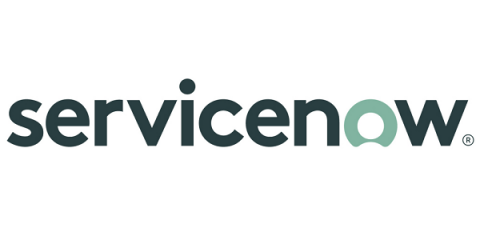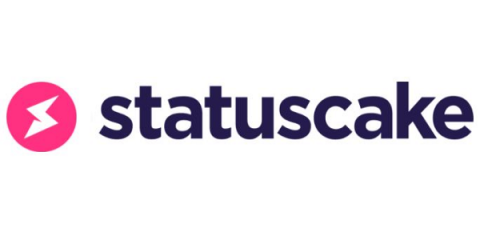Now Platform Rome release delivers capabilities for hybrid work
The ways we live and work have fundamentally changed with remote working and hybrid work models becoming the norm. Digital transformation has taken on a new level of urgency to the point where its success or failure directly impacts an organization’s ability to prosper or even survive. More than ever, organizations need a single platform to enhance productivity, accelerate innovation, and engage their employees and customers, wherever they are.









